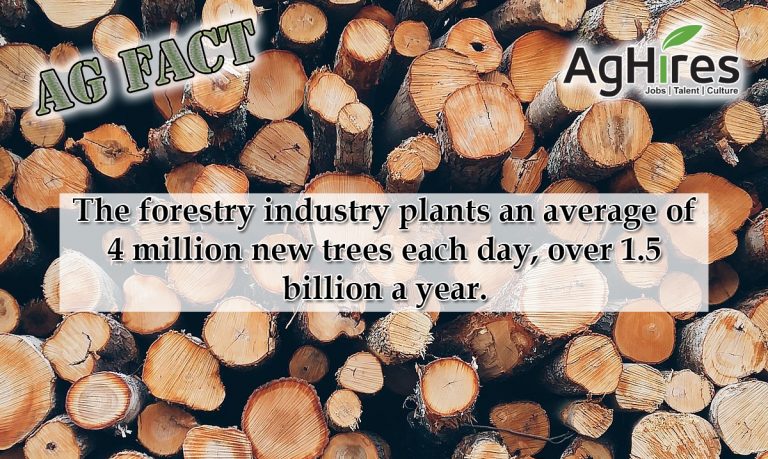
Tree Farming began when private forests were being cut down and no one was planting trees to replace them. Check out 15 Forestry facts:
- The phrase “Tree Farming” started in the 1940’s.
- The first tree farm in the United States started in Washington State in 1941.
- Not all tree farms contain Christmas Trees.
- Tree farms don’t only provide wood for construction, paper and other wood products. They provide a valuable habitat for wildlife and birds as well as oxygen and help to improve the environment to clean the air from pollution.
- There are about 750 million acres of forests in the United States; about 60% of those forests (or over 420 million acres) are privately owned, working forest.
- Privately owned forests produce over 90% of the wood harvested for construction and manufacturing.
- Forests provide over 900,000 jobs in the U.S.
- It takes careful planning to develop a sustainable forest, or tree farm.
- More than 2.5 billion trees are planted each year in the States. Over 1.5 billion of those trees are planted by the forest community, which averages 4 million new trees planted each day by the forest community.
- The U.S. is the world’s leading producer of paper and paperboard.
- Georgia is #1 in the Timber Industry with Alabama, Alaska, California, Mississippi, Montana, Oregon, and Washington as other top producing states.
- Georgia is the top exporter of pulp, paper, and paperboard mill products, wood fuel, and wood pellets.
- There are two types of harvesting: commercial clear-cutting and silviculture-based harvesting. Clear-cutting involves removing all the trees down to a small diameter. Silviculture is the science of growing and harvesting trees for sustained yield. One silviculture-based method is shelterwood cutting, which uses partial cuttings over time to remove an entire forest.
- Trees harvested in the United States are used for: Lumber (53%), Pulp and paper products (32%), Wood-based composites, such as plywood and veneer (7%), and Fuelwood (7%).
- No part of the tree is wasted.
Want more Agriculture Facts? Click here
Follow us on Facebook and Twitter to get your weekly dose of Ag Facts.
Sources
Mississippi Forestry Association
Tree Farm System
College of Natural Resources News
AgAmerica Lending
Georgia Forestry Association
GardenGuides.com
Learn everything you wanted to know about tree farming!





